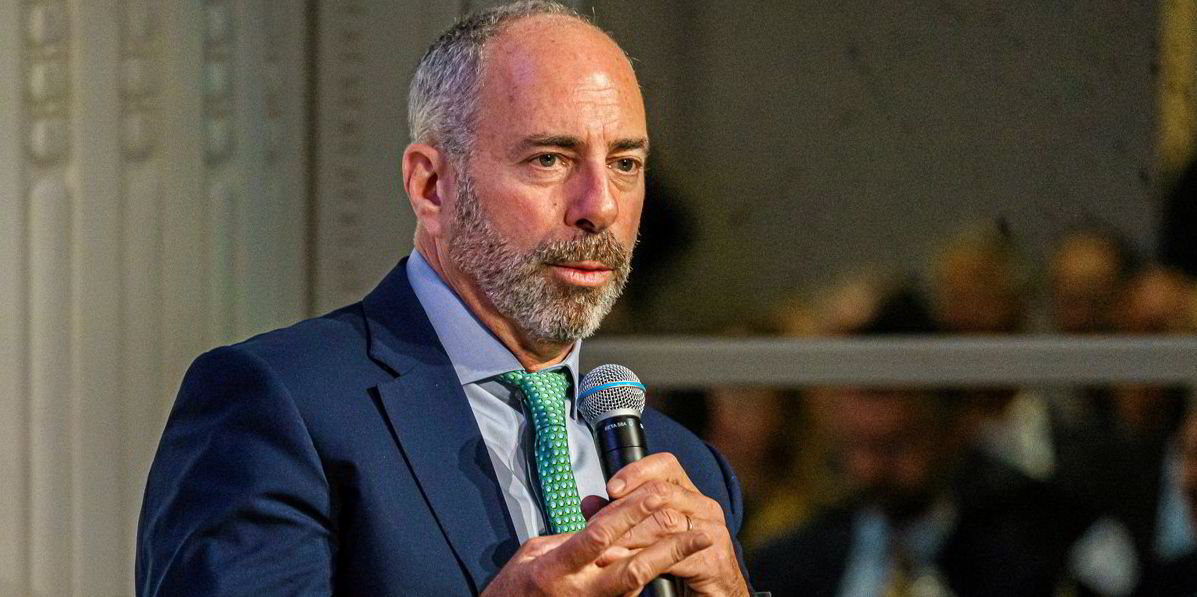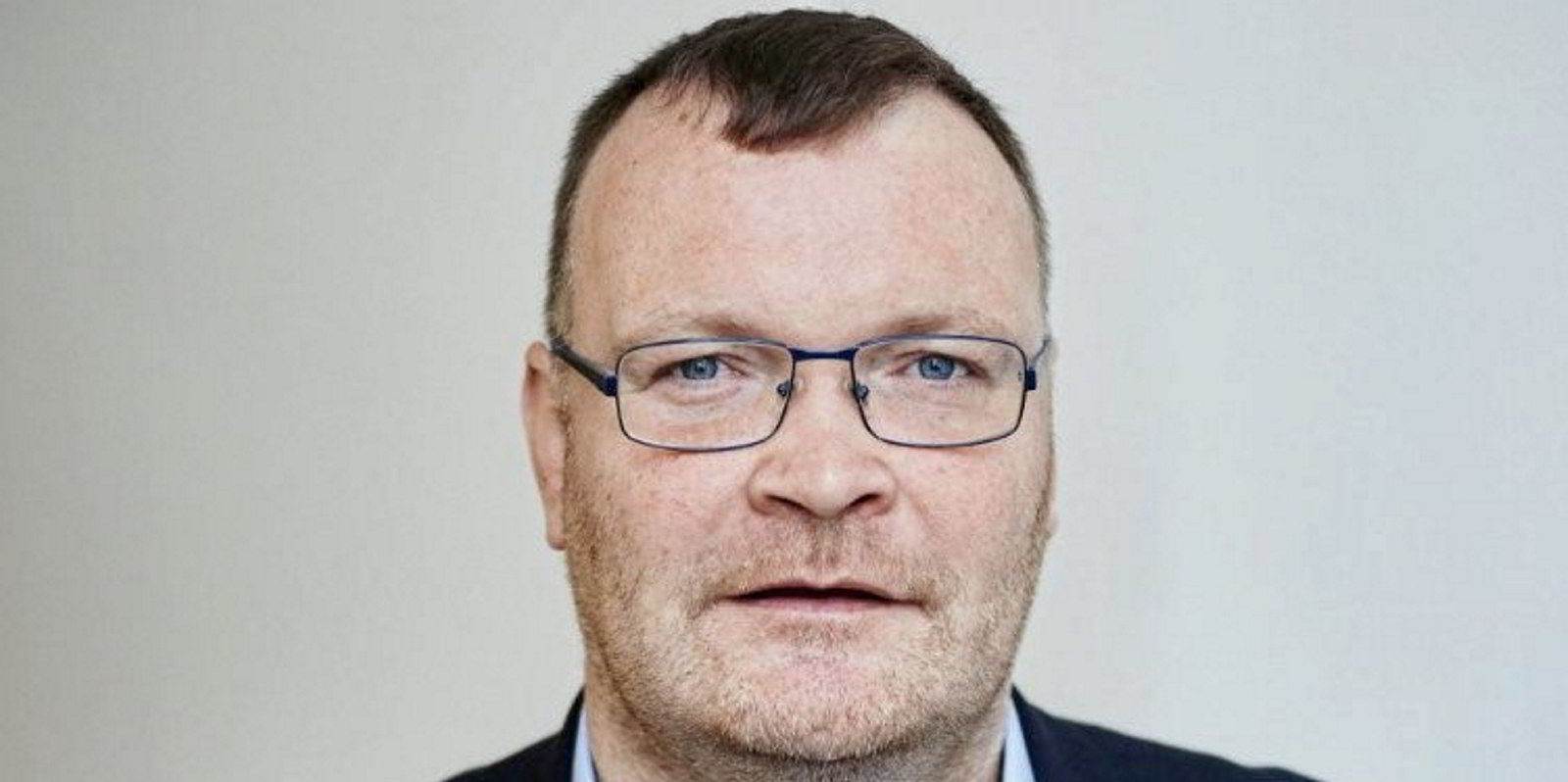Cleaves Securities is a believer in Ardmore Shipping, initiating coverage with a target price nearly double its current trading levels.
Peter Michael Christensen, head of research at the Oslo investment bank, said on Wednesday that the Ireland-based product tanker owner has “substantial dividend yield potential” through the predicted multi-year market upturn and said fair value is $23 per share on a one-year horizon.
“We are very positive towards the oil tanker market over the next two years, the supply-side dynamics are unprecedented and …oil in transit hovers around an all-time high,” he said.
“With a strong balance sheet, the company is in position to gain substantial cash surplus.”
Cleaves said Ardmore’s enterprise value to Ebitda and price to net asset value multiples are lower than its peers, suggesting significant value and upside for investors.
Market fundamentals are positive, too: the bank estimated fleet growth to be just 3.1% this year before falling to 0.2% and 0.3% in 2024 and 2025.
With those figures, Christensen said “you hardly need any demand growth going for product tankers to be profitable” — even though he is forecasting rising demand in each of the next three years.
Should Ardmore hit the heights Cleaves is predicting, its shares would jump 87% from the $12.26 they finished at on Tuesday on the New York Stock Exchange.
This year, shares have traded as high as $19.41 and as low as $11.63.
In the first quarter, Ardmore reported a $44m profit, with its MR tankers earning $35,685 per day on average and its chemical tankers $27,984 per day, with forward fixtures roughly in line with those rates.
It paid out a $0.35 dividend for the quarter, in keeping with its November 2022 capital allocation policy of paying out one-third of adjusted earnings.
On Tuesday, the Baltic Exchange’s MR Atlantic basket time charter equivalent assessment continued its multi-week slide, losing $4,788 to $15,267 per day.
The Pacific basket TCE assessment made a slight gain, adding $428 to $22,629 per day after crashing from its $44,663-per-day peak in mid-May.






